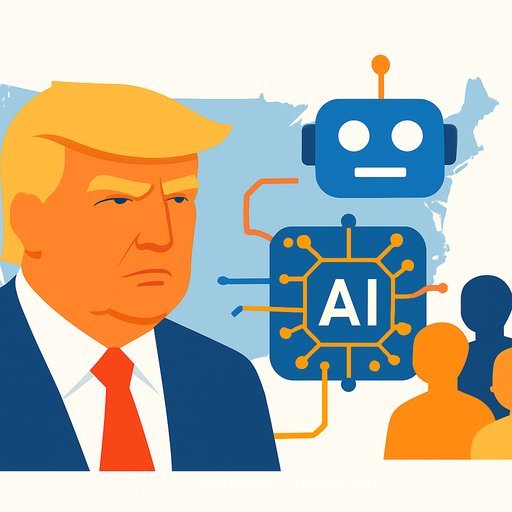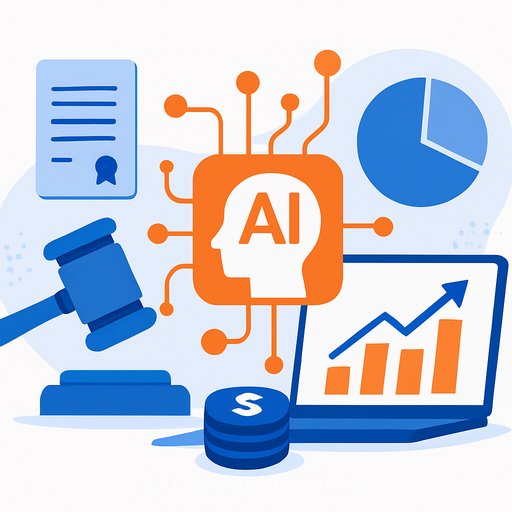Behind the 97%: Why "AI Universality" in Law Is Premature
A headline number says 97% of lawyers use generative AI. It sounds definitive. It isn't. The statistic rests on a survey of 72 respondents with limited visibility into who they are and how they were recruited. Treat claims of "universality" with care until we see stronger data.
What the study did well
The report benchmarked 13 AI tools against in-house lawyers on 30 drafting tasks. Top tools matched or outperformed humans on first-draft reliability, though they lagged on usefulness. That is actionable: AI can produce decent starting points, but human refinement still matters.
Where the 97% number breaks down
- Tiny sample: 72 lawyers cannot stand in for a profession of over a million.
- Opaque demographics: No breakdown of firm size, practice area, in-house vs. law firm, or corporate vs. consumer work.
- Recruitment bias: Outreach via direct contacts, LinkedIn, and a practice-community network invites self-selection by AI-enthusiastic lawyers.
- No record of total outreach: Without a denominator, nonresponse bias is likely.
Even the authors noted selection bias risk and promised more demographic detail. Until that arrives-and is validated-do not interpret 97% as evidence of near-total adoption.
"Universality" needs a definition
What counts as "use"? Trying a tool once? Asking it for a clause on a low-stakes matter? Embedding it into daily matter workflows with documented client deliverables? Without a clear definition, the label is noise.
What this means for legal leaders
The benchmarking results are useful; the adoption claim is not settled. If you lead a practice, separate capability evaluation from adoption hype. Build your own evidence base.
Due diligence questions for any AI adoption claim
- Sample: How many respondents? Which jurisdictions, practices, and organization types?
- Recruitment: Was it random, stratified, or convenience sampling?
- Definitions: How is "use" defined-trial, assistive, or production-grade integration?
- Metrics: What tasks, quality bars, and error types were assessed?
- Replicability: Can independent groups reproduce the results at similar scale?
Practical steps to evaluate AI in your practice
- Define tiers of use: Trial (sandbox only), Assist (drafting/issue-spotting with review), Production (client-facing outputs under policy).
- Run controlled pilots: Select 3-5 matter types; measure accuracy, usefulness, time saved, and rework rates against a human-only baseline.
- Track adoption honestly: Log monthly active users, use cases per matter, and exception reports (errors, hallucinations, privilege concerns).
- Set guardrails: Confidentiality, privilege, retention, source attribution, and client consent. Review vendor terms and data flows.
- Review outcomes: Create a regular model risk review-quality, bias, safety, and cost-before expanding scope.
- Train for judgment: Teach prompts, verification, and red teaming. AI drafts faster; lawyers stay accountable.
Standards and references worth watching
For measurement discipline and risk framing, these are helpful starting points:
- Stanford AI Index - broad benchmarking methods and trends.
- NIST AI Risk Management Framework - structure for policies, controls, and oversight.
Bottom line
AI is already useful for first drafts and workflow support, but broad-brush adoption stats built on small, self-selected samples don't prove universality. Keep piloting, keep measuring, and demand methods you would accept in court: clear definitions, transparent sampling, and replicable results.
Need structured upskilling?
If your team is moving from pilots to policy, role-based training can speed consistency and reduce risk. See curated options by role here: Complete AI Training - Courses by Job.
Your membership also unlocks:






